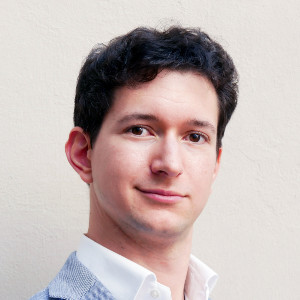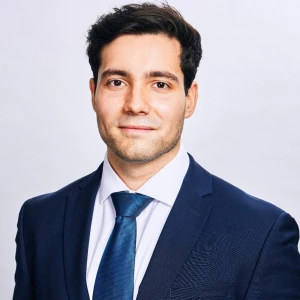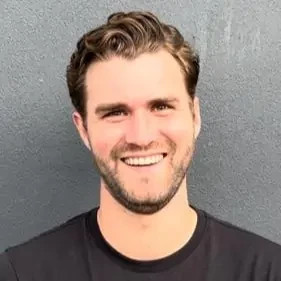For a prompt that asks you to identify reasons why a particular product has stagnated in growth but also asks you to find ways to grow, how do you address the framework (to the first part or to the second part?)
When a prompt asks you two things


Hi there,
in such case, suggest you use 2 structures in 2 sequential steps (= your approach). Don't try to force-fit both questions into 1 framework / issue tree.
- Analysis - what's going on? Isolate the problem (where is it coming from → break down the numbers) and find out what's causing the stagnation (why is it happening = root cause analysis)
- Solutioning - based on 1, brainstorm adequate ways to grow
Note for these types of cases (quite similar to typical profit decline cases), clear sequence of steps is important.
Hope this helps.
Regards, Andi

Hi there,
Q: How do you address the framework (to the first part or to the second part)?
You will need to cover both parts. The first will have to identify the reason for the lack of growth while the second the possible ways to grow.
A possible way to grow will be to fix the issue identified in the first part, if that’s not possible you will have to consider other growth alternatives.
Best,
Francesco

You can approach this by structuring your framework by growth drivers (the first part), and as you deep dive into each bucket you may briefly highlight areas to consider for accessing growth. After walking the interviewer through your issue tree, present your perspective on the factor that you deem to be a priority as the next step in the investigation.
It is often the case that you are expected to identify the core aspects of the problem to begin with, not to produce a final recommendation for growth from the first part.

Hi,
make sure you note both objectives so you won't forget the second one. Start with the first one and focus on it for a while. In this particular context, you solution will be more meaningful if you first identify what has been inhibiting growth of the product in question. Learn about the status quo and think through ways of how that could be turned around (if at all). Afterwards, you come back to the second question and provide additional growth drivers (you should also give an opinion on which ones seem more realistic than others).
In a nutshell - don't just try to jumble up everything together all at once. Take a stepwise approach.
Good luck

Hi there,
This is rather easy - often questions that are formulated like that are basically already providing you with a structure.
Basically, the structure is the question in itself:
1. Diagnostic - understanding the reasons for the stagnation
2. Design - defining the new growth areas
Then you need to come up with the sub-areas for each.
Hope this helps!
If you want a more detailed breakdown of structuring techniques, you can also check out this guide:
Best,
Cristian

You present two frameworks :)
Now really… The 1st question is to understand if:
a) the market stopped growing
vs.
b) your company stopped growing
The 2nd question is how to find a way to increase growth, so it's basically the 2nd layer of one of the b) “branch”.

Hi there,
You focus on the 2nd!
The why is part of the entire framework. As is the how.
Think about it. If you have a partner, they lose their job, and you want to figure out how to survive as a family, are you only focused on figuring out why they lost their job? Of course not!
You want to look at 1) How to get their income back (same job or new one) 2) How to increase your income or 3) how to decrease expenses.
Same with any aspect of problem-solving in a case!
The exact framework I would use here heavily depends on the product, the case context, etc.

Those 2 are different problems to solve - so ideally they deserve different frameworks.
If you think that in the context of the case those 2 problems are sequential, then solve the first framework before moving to the next, because the diagnostic will also provide clues to the growth options. However do note that the diagnostic is typically the easier part vs the growth strategy, so make sure you allocate your time and effort accordingly.
If you think both problems can be tackled independently, then announce both frameworks back-to-back.
In either case, if you start solving both problems in a single framework you will hit issues.

Hello,
You should definitely cover both - I would dedicate the first part of your framework to identifying the reasons for growth stagnation (e.g., look at market, company, product, customers), and the second part (possibly just one bucket) to addressing it. The way to address stagnation is going to depend on what you determine to be the issue, and that's how I'd structure that bucket.















